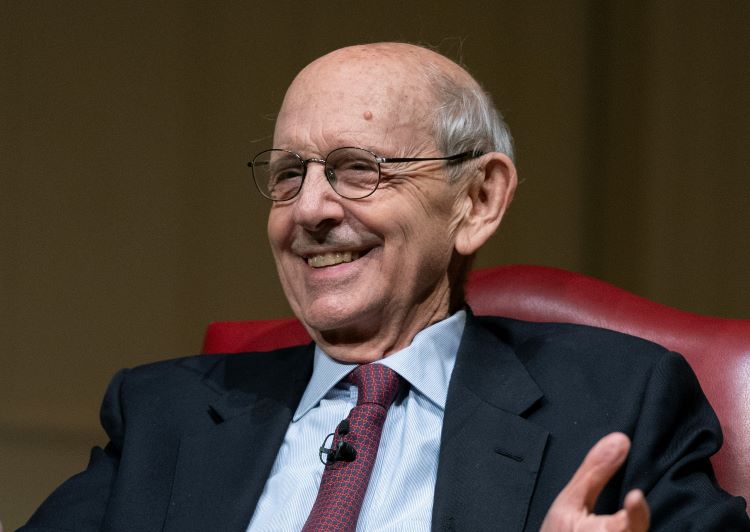The Blessings of Brown
On May 17, 1954, the U.S. Supreme Court in Brown v. Board of Education of Topeka overturned the 1896 Plessy v. Ferguson decision and declared that “separate but equal facilities” were unconstitutional.
The Brown decision not only formally desegregated public schools but also laid the foundation for the 1960s civil rights movement. It was a revolutionary moment in American jurisprudence that continues to affect our lives today.
A tremendous debt is owed to the exemplary lawyers of the National Association for the Advancement of Colored People who won this landmark case, such as Robert Carter, Constance Baker Motley and, of course, Thurgood Marshall. They were in turn indebted to Charles Hamilton Houston, the architect of the legal strategy that led up to Brown, who unfortunately did not live to witness the moment of victory.
Although Brown ended legal discrimination, there was more to be done to advance educational opportunity for people who had been locked out and to bridge the wide canyon of economic inequity between blacks and whites. In the years after Brown, and as a justice on the Supreme Court, Marshall became a powerful advocate of affirmative action as a remedy for the damage caused by the nation’s history of slavery and racial bias. Recognizing the gulf between the letter and spirit of the law, he stated, “A child born to a black mother in a state like Mississippi … has exactly the same rights as a white baby born to the wealthiest person in the United States. It’s not true, but I challenge anyone to say it is not a goal worth working for.”
PURSUING THE DREAM
Brown was the beginning of the trajectory that brought us to last summer’s Supreme Court decision in favor of the University of Michigan Law School’s admission policy. It recognized that consideration of race in law school admissions is allowable because diversity, in its own right, is a compelling state interest. In her opinion, Justice Sandra Day O’Connor wrote, “Effective participation by members of all racial and ethnic groups in the civic life of our nation is essential if the dream of one nation, indivisible, is to be realized.”
It is clear that the decision will have profound implications for legal education and the future of the profession. Justice O’Connor also wrote that she expected that “racial preferences will no longer be necessary in 25 years.” I pray that she is right.
The ABA Commission on Brown v. Board of Education, led by Harvard law professor Charles Ogletree Jr., has been developing programs and materials to commemorate this landmark decision and create an enduring collection of resources that will continue to educate Americans about Brown and its legacy in the years to come. The commission, in conjunction with the ABA Division for Public Education, the Judges Network of the Judicial Division and the Media Relations Division, is working with high schools nationwide to create dialogues on Brown. We want young people to learn what the ruling meant and how it works today. (For more, see “Brown at 50,” page 38.)
Also, at the end of April the commission will partner with the National Constitution Center in Philadelphia to conduct a Fred Friendly-style seminar focusing on Brown. It will feature a moderated panel discussion by experts in various fields responding to hypothetical scenarios constructed around legal, ethical and public policy issues.
The Brown and University of Michigan decisions share a commitment to offering equal educational opportunities for all Americans. Today, as we face new challenges in a global society, including the competitive pressures of a global marketplace, our national commitment to educational excellence for all is imperative. This imperative extends to the legal profession. As our Supreme Court observed last year in Grutter v. Bollinger, full participation of all racial and ethnic groups in the legal profession preserves the legitimacy of our system and safeguards the integrity and vitality of our democratic government.
Drawing again from Justice Marshall’s words, the true miracle of the Constitution was not its birth but its life. Perhaps no better example of this exists than Brown, which did so much to extend the rights of the Constitution to all whose lives are sheltered and shaped by its meaning.



